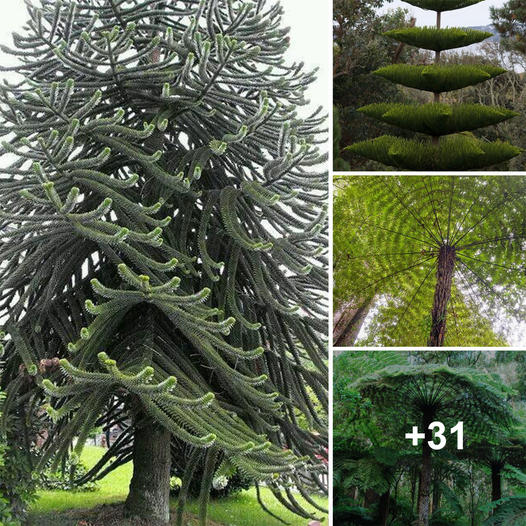Unearthing the Enigma: Socotra’s Astonishing Dragon Blood Tree Reveals Its Unique Umbrella Shape and Towering Heights of 33 Feet

One of the most intriguing features of the Dragon Blood Tree is its sap, which has been used for centuries by the locals for medicinal and cosmetic purposes. The crimson sap is believed to have healing properties and is used to treat various ailments, including diarrhea, dysentery, and respiratory infections. It is also used in traditional Yemeni cosmetics to give a natural red hue to lips and cheeks.

The Dragon Blood Tree is also an important cultural symbol for the people of Socotra, who regard it as a sacred plant. According to local legends, the tree’s sap is the blood of dragons that once roamed the island. The locals also believe that the tree has mystical powers and can protect them from evil spirits.

Despite its unique appearance and cultural significance, the Dragon Blood Tree is facing threats from habitat loss and overexploitation. The tree’s slow growth rate and limited distribution make it vulnerable to environmental changes, and the increasing number of tourists visiting Socotra is putting additional pressure on its fragile ecosystem.

Efforts are being made to protect the Dragon Blood Tree and its habitat, including establishing protected areas and promoting sustainable tourism practices. However, more needs to be done to ensure the long-term survival of this remarkable and culturally significant plant.

In conclusion, the Dragon Blood Tree is a unique and fascinating plant that has captured the imagination of people around the world. Its striking appearance and cultural significance make it a valuable natural and cultural heritage of Socotra, Yemen. It is our collective responsibility to protect and preserve this remarkable tree for future generations to enjoy and appreciate.